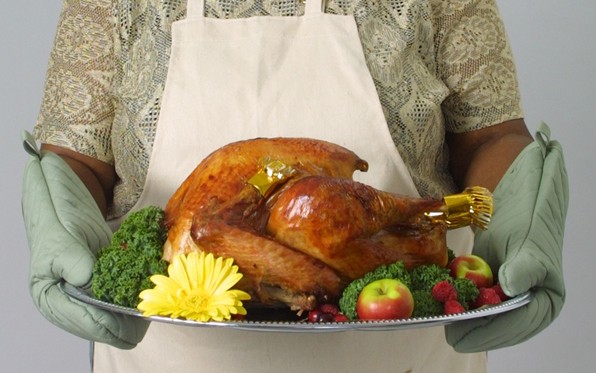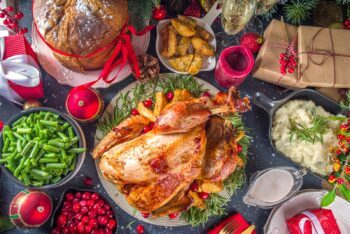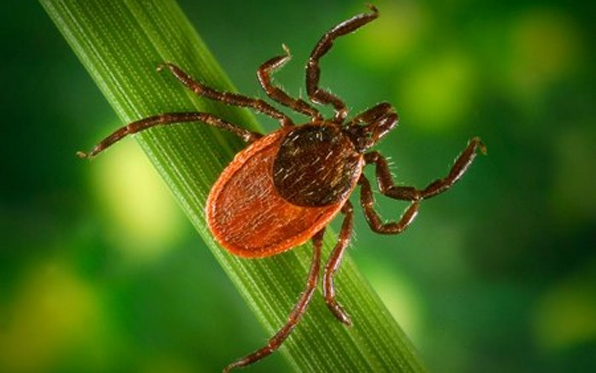Thanksgiving. Let’s face it — it’s the Super Bowl of home cooking!
There are turkeys, hams, pies, stuffing, cranberries, sweet potatoes, mashed potatoes, even those green beans with the onions on top.
And, of course, family and friends — and maybe even their friends.
So, the last thing you want to do is invite the wrong guests like bacteria such as salmonella, listeria, E. coli, or others in their food-borne illness crowd.
Well, here are a few tips from the County’s Department of Environmental Health to keep you and all your family and friends happy and safe!
Just remember: Plan Ahead, Clean, Separate, Cook and Chill.
PLAN AHEAD:
- Before you start cooking, decide how much food you can safely serve. For example, figure out how much cooking and refrigerator space you have available to work with. Do you plan to defrost a frozen turkey? If so, plan ahead to make sure you have space and time to safely, slowly thaw your turkey in your refrigerator (Defrosting in the open air or in still water encourages bacterial growth). A large turkey needs at least 24 hours for every five pounds of weight to defrost in your fridge.
- Make sure your meat thermometer is ready for a busy day!
- Always buy food from a safe source, such as a market or restaurant.
CLEAN:
- Don’t let bacteria into your meal. Wash your hands before and after handling food.
- Thoroughly rinse raw fruits and vegetables.
- Wash and sanitize counters, cutting boards and equipment before and after preparing your holiday feast.
SEPARATE:
- Keep produce (fruits and vegetables) separated from raw meat products.
- When you are defrosting your turkey, place it on a plate or in a pan at the bottom of your refrigerator to keep it from dripping on other foods. Once the bird is defrosted, it can remain refrigerated 1-2 days before it must be cooked.
- Try to use separate cutting boards for meat and fruit and vegetables. If you can’t, thoroughly wash your cutting board between uses with hot soapy water.
COOK:
- Cook turkey and stuffing to 165 F. Use a meat thermometer to ensure that proper cooking temperatures are reached. You can test to make sure the entire turkey has been cooked to an internal temperature by inserting meat thermometer in the innermost part of the thigh.
- The safest way to cook stuffing is separately, outside of the turkey. Germs can thrive in the stuffing ingredients if it is improperly cooked inside the turkey.
- Gravy should be reheated to a boil and leftovers should be reheated to 165°F before eating.
CHILL:
- Keep cold foods chilled to 41 F or lower. Check the temperature inside your refrigerator with a refrigerator thermometer.
- If you are preparing food ahead of time, refrigerate it to minimize bacterial growth. Cut leftover turkey into small pieces or slices.
- Refrigerate stuffing and turkey separately in shallow containers within two hours of cooking.
- Cut leftover turkey into small pieces or slices before refrigerating.
For more information and food-safety tips for the holidays go to the U.S. Department of Agriculture (USDA), Food Safety and Inspection Service (FSIS) website, www.foodsafety.gov or call the Meat and Poultry hotline at 1-888-674-6854.






